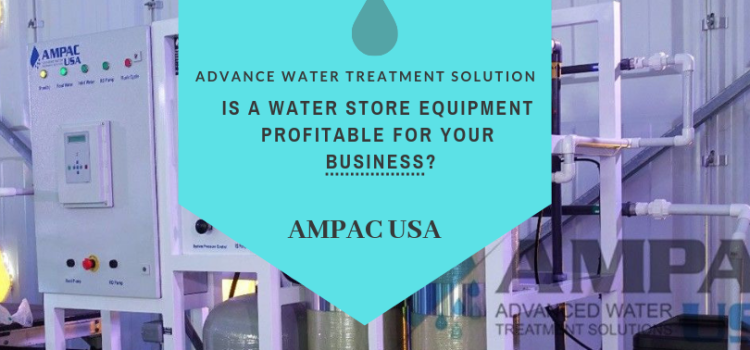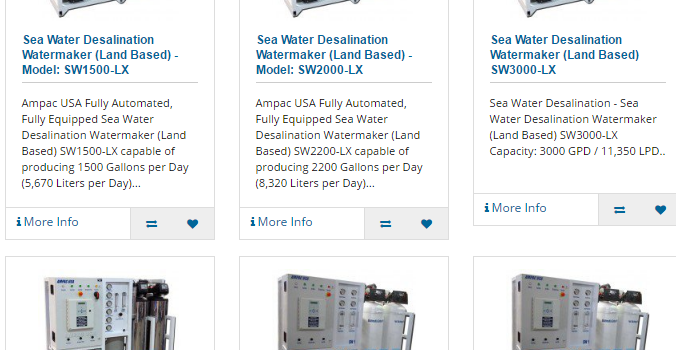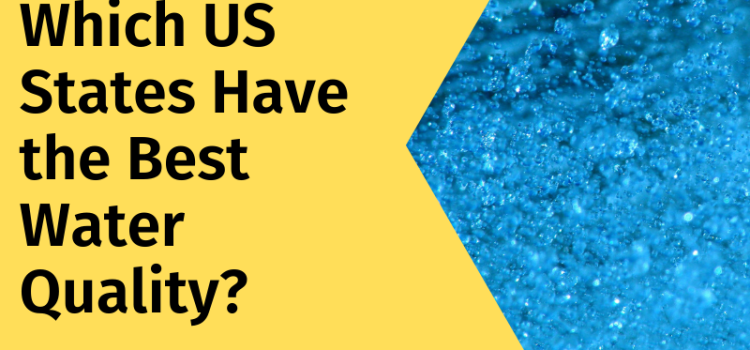Last updated on May 28th, 2025 at 02:51 pm
Maintaining crystal-clear, hygienic pool water has long been associated with chemical sanitizers like chlorine. However, as concerns rise over chemical sensitivity, environmental safety, and long-term health risks, pool owners are turning to more sustainable alternatives. Among these, Reverse Osmosis (RO) pool cleaners are emerging as a powerful solution that not only replaces chlorine but surpasses it in water purification efficiency, clarity, and user safety.
What is Reverse Osmosis in Pool Water Treatment?
Reverse Osmosis (RO) is a water purification process that uses a semi-permeable membrane to remove impurities, dissolved solids, and contaminants from water. For swimming pools, RO systems serve as advanced filtration units, eliminating:
- Calcium and magnesium hardness
- Total Dissolved Solids (TDS)
- Nitrates and phosphates
- Chloramines and organic matter
- Algae-promoting nutrients
This technology ensures that pool water is chemically balanced, safe, and gentle on skin and eyes, while drastically reducing the need for traditional sanitizers.
Why Replace Chlorine with Reverse Osmosis Pool Cleaners?
1. Elimination of Harsh Chemical Exposure
Chlorine, while effective, produces chloramines, which are responsible for:
- Skin and eye irritation
- Respiratory issues
- Foul-smelling water
- Long-term health hazards in indoor pools
RO pool cleaners eliminate these by purging contaminants from the water entirely, rendering chlorine unnecessary in many cases.
2. Eco-Friendly and Sustainable Operation
Unlike chlorine-based treatments that introduce new chemicals with each dose, RO systems continuously purify and recycle existing pool water. This minimizes:
- Water waste
- Chemical runoff into the environment
- Energy usage from draining and refilling
By recycling the pool water instead of draining it during maintenance, thousands of gallons can be saved per year.
3. Enhanced Water Quality and Clarity
Reverse osmosis systems deliver ultra-pure water, which results in:
- Sparkling, glass-like clarity
- Better light refraction
- Softened water with reduced scale buildup
- A dramatically enhanced swimming experience
The difference in water feel and appearance is immediately noticeable, providing a premium, spa-like sensation.
4. Long-Term Cost Savings
Though initial installation costs for RO pool systems are higher, they offer substantial financial benefits over time:
- Fewer chemical purchases
- Less frequent water replacement
- Reduced wear on pool surfaces and equipment
- Fewer health-related maintenance costs
Over a 5-year period, the system can potentially pay for itself through operational savings.
How Reverse Osmosis Pool Cleaners Work
Step 1: Pool Water Collection
RO systems are set up with intake hoses that draw pool water into a pre-treatment chamber, where debris and larger particles are filtered out.
Step 2: Filtration Through RO Membrane
Water then passes through reverse osmosis membranes, where up to 98% of impurities are removed. The membrane blocks:
- TDS
- Microorganisms
- Heavy metals
- Organic pollutants
Step 3: Return of Purified Water
Clean water is reintroduced into the pool, while concentrated waste is flushed away safely. The pool remains full, clean, and free of irritants—without draining.
Health Benefits of RO Pool Systems
Reverse osmosis not only improves aesthetics but also contributes to better health:
- No exposure to volatile organic compounds
- Reduced risk of chlorine-induced asthma
- Safer for children and sensitive skin
- Eliminates the risk of chlorine-resistant bacteria
This makes RO ideal for residential pools, public facilities, luxury resorts, and even hydrotherapy pools used in healthcare.
Installation and System Components
A complete RO pool cleaner setup typically includes:
- Pre-filters for sediment and carbon removal
- High-pressure pump for water delivery to membranes
- RO membrane housing with replaceable filters
- Concentrate discharge system
- Optional UV sterilization or ozone units for enhanced microbial protection
Installation can be designed for both permanent integration or as a mobile service, depending on pool size and usage frequency.
Applications Beyond Residential Pools
RO pool cleaners are increasingly used in:
- Municipal swimming facilities
- Water parks
- Rehabilitation centers
- Hotel and resort spas
- Commercial fitness centers
These sectors benefit from reduced liability, customer satisfaction, and eco-certifications tied to reduced chemical use.
Challenges and Considerations
While RO pool cleaners offer exceptional advantages, a few points must be considered:
- Initial investment is higher than standard chlorine systems.
- RO membranes require cleaning and replacement every 2–3 years.
- Pre-filtration is necessary to avoid membrane clogging from organic matter.
- Not a disinfectant on its own—some pools may still need minimal UV, ozone, or mineral systems as supplemental safeguards.
Combining RO with Other Natural Sanitization Methods
To achieve complete, chemical-free sanitation, RO can be paired with:
- Ozone injection systems
- Ultraviolet (UV-C) light disinfection
- Copper-silver ionization systems
- Saltwater generators (for minimal-chlorine use)
Such hybrid solutions ensure pathogen control while keeping chemical levels extremely low or non-existent.
Conclusion: The Future of Pool Purification
As global awareness grows around water conservation, sustainability, and personal wellness, reverse osmosis pool cleaners are gaining traction as a next-generation replacement for chlorine. Their unmatched ability to purify water, eliminate health risks, and enhance the user experience positions them at the forefront of modern pool care.
By switching to RO systems, pool owners not only commit to healthier living but also contribute to a greener planet—all while enjoying water that feels, looks, and performs better than ever.
Author’s Bio:
Ampac USA is a leading manufacturer of advanced reverse osmosis water treatment systems. For over 30 years the company has been providing its customers and clients around the world solutions to their water treatment problems. With years of an impressive track record, Ampac strives to develop solutions to make reverse osmosis systems, advanced for improved quality and cost efficiency.











I don’t think the title of your article matches the content lol. Just kidding, mainly because I had some doubts after reading the article.